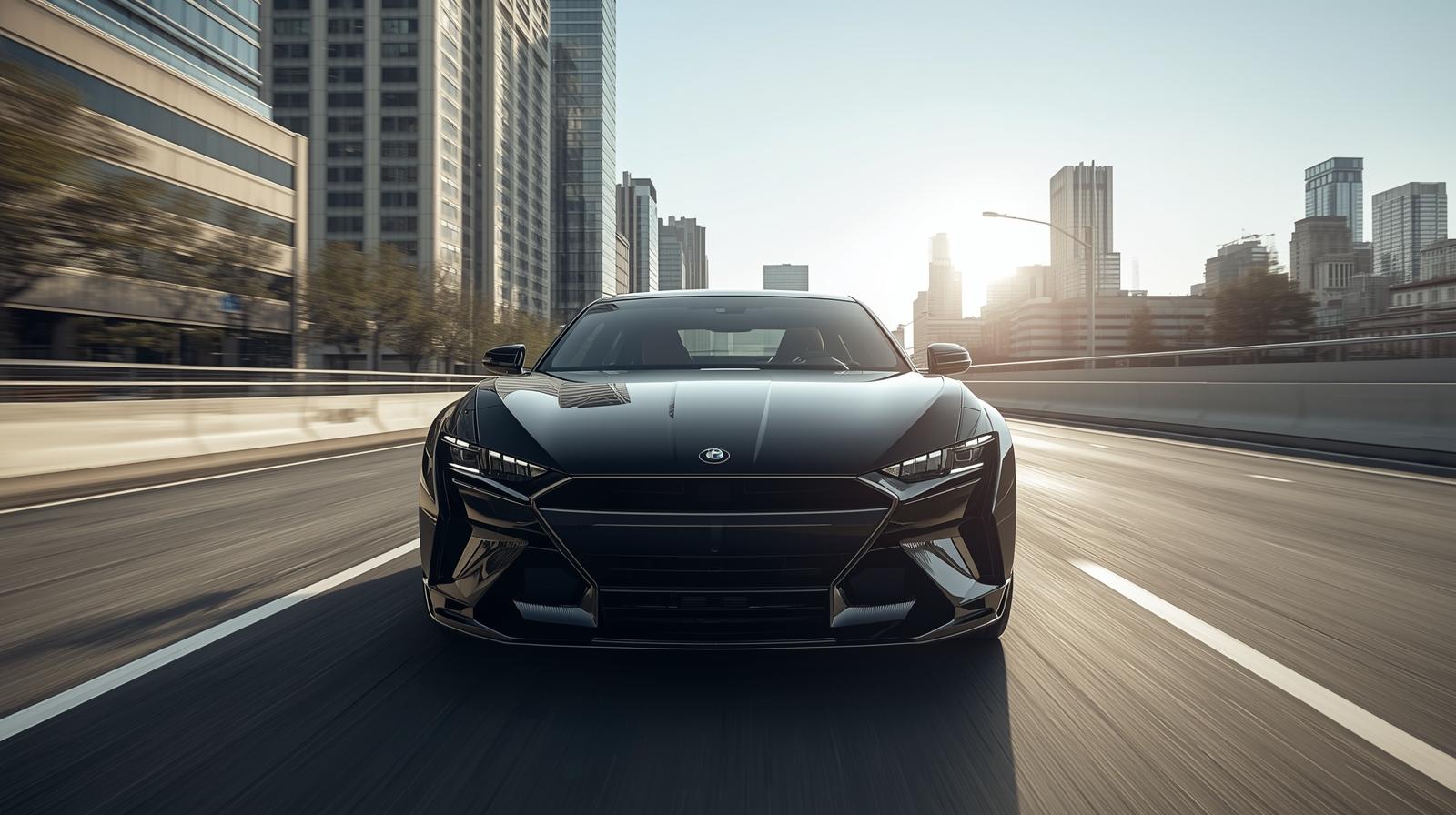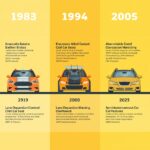Buying a car is one of the biggest investments most people make. Beyond style, comfort, and price, one of the most important factors to consider is long-term durability and efficiency. Choosing cars that can withstand years of use while remaining fuel-efficient can save money, reduce stress, and ensure a safer driving experience. This article guides you step by step on how to evaluate cars for long-term durability and efficiency.
Why Cars for Long-Term Durability Matter?
Cars are not just a mode of transportation—they’re a long-term investment. Selecting vehicles with durability in mind ensures you get:
- Lower Maintenance Costs: Durable cars require fewer repairs over time.
- Better Resale Value: Cars that last longer maintain their market value.
- Fuel Efficiency: Efficient cars save money on gas and reduce environmental impact.
- Peace of Mind: Reliable cars reduce the chances of unexpected breakdowns.
Investing time in evaluating cars for long-term durability can prevent costly mistakes and ensure a stress-free ownership experience.
Key Features to Look for in Cars for Long-Term Durability
When assessing cars for long-term durability, pay attention to these critical features:
1. Engine Reliability
A strong, well-built engine is essential. Look for:
- Proven engine models with low failure rates
- Smooth performance across various driving conditions
- Low maintenance requirements
Tip: Research manufacturer reliability reports and read reviews from long-term owners.
2. Transmission Quality
Whether automatic or manual, a durable transmission ensures longevity. Consider:
- Automatic transmissions with proven track records
- CVT (Continuously Variable Transmission) in modern fuel-efficient cars
- Regular maintenance schedules
3. Frame and Body Construction
Cars with a strong frame and high-quality body materials resist rust, dents, and wear. Features to check:
- Anti-corrosion coatings
- Strong steel or aluminum construction
- Crash safety ratings
4. Suspension and Brakes
Durable cars have well-built suspension and brake systems:
- Independent suspension improves handling and longevity
- High-quality brake components reduce replacement frequency
5. Fuel Efficiency and Engine Technology
Efficiency is critical for long-term savings:
- Hybrid or turbocharged engines often balance power and efficiency
- Smaller engines with modern technology can provide long-lasting performance
- Monitor MPG ratings for both city and highway driving
Top Indicators of a Car’s Long-Term Durability
Here are some practical signs that a car is built to last:
- Consistent Reliability Ratings: Check consumer reports and manufacturer statistics.
- Proven Track Record: Some models are known for running smoothly beyond 200,000 miles.
- Quality Materials: Interior and exterior materials that withstand wear and tear.
- Simple Design: Fewer electronics and complex systems can mean fewer repairs.
Cars for Long-Term Durability in Different Categories
Depending on your needs, here’s how to evaluate different types of vehicles:
1. Sedans
- Often offer a good balance between efficiency and comfort.
- Look for brands with a history of long-lasting sedans.
2. SUVs and Crossovers
- More robust frame and higher ground clearance improve durability.
- Ensure they maintain fuel efficiency despite larger size.
3. Compact Cars
- Easy to maneuver and park in cities.
- Check engine reliability and high mileage efficiency.
4. Trucks
- Built for heavy use and often have durable frames.
- Ensure fuel efficiency and maintenance costs fit your needs.
Maintenance Habits That Extend Car Longevity
Even the most durable cars need proper care. Follow these tips to maximize durability:
- Regular Oil Changes: Keeps the engine running smoothly.
- Tire Maintenance: Rotate and maintain proper tire pressure for safety and efficiency.
- Brake Checks: Inspect and replace brake components on schedule.
- Fluid Levels: Transmission, coolant, and brake fluids must be maintained.
- Clean and Protect: Wash, wax, and keep the car interior clean to prevent wear.
Technology That Improves Long-Term Efficiency
Modern cars come with features that help maintain efficiency over time:
- Hybrid or Electric Systems: Reduce fuel consumption and engine wear.
- Advanced Engine Management: Optimizes performance for long-term reliability.
- Telematics & Monitoring Systems: Alerts you to potential maintenance issues early.
- Aerodynamic Designs: Improve highway fuel efficiency and reduce wear.
Common Mistakes to Avoid When Evaluating Cars for Durability
- Choosing cars solely for style or price without checking reliability.
- Ignoring reviews and reliability reports from other drivers.
- Neglecting to inspect long-term maintenance and repair costs.
- Overlooking fuel efficiency as a factor in total ownership cost.
Tip: A well-researched decision ensures your car lasts longer and saves money.
Conclusion
Evaluating cars for long-term durability and efficiency requires careful research and consideration of key features like engine reliability, transmission quality, fuel efficiency, and maintenance needs. By prioritizing durability, you save money, reduce stress, and enjoy a safe and reliable driving experience for years.
Whether you’re buying a sedan, SUV, or truck, focusing on long-term performance ensures your investment lasts and continues to serve your daily needs efficiently.
FAQs About Cars for Long-Term Durability
What makes a car durable for the long term?
Durability comes from a reliable engine, quality materials, well-built transmission, strong suspension, and proper maintenance.
How can I tell if a car will last many years?
Look at manufacturer reliability reports, consumer reviews, crash safety ratings, and models known for high mileage performance.
Are fuel-efficient cars less durable?
Not necessarily. Modern fuel-efficient engines are designed for longevity. Proper maintenance ensures durability regardless of fuel type.
Should I buy new or used for durability?
Both can be durable if chosen wisely. New cars have the latest technology, while used cars may offer proven reliability at a lower price.
How do I maintain a car for long-term durability?
Regular servicing, checking fluids, maintaining tires and brakes, and keeping the car clean all extend a vehicle’s life.





